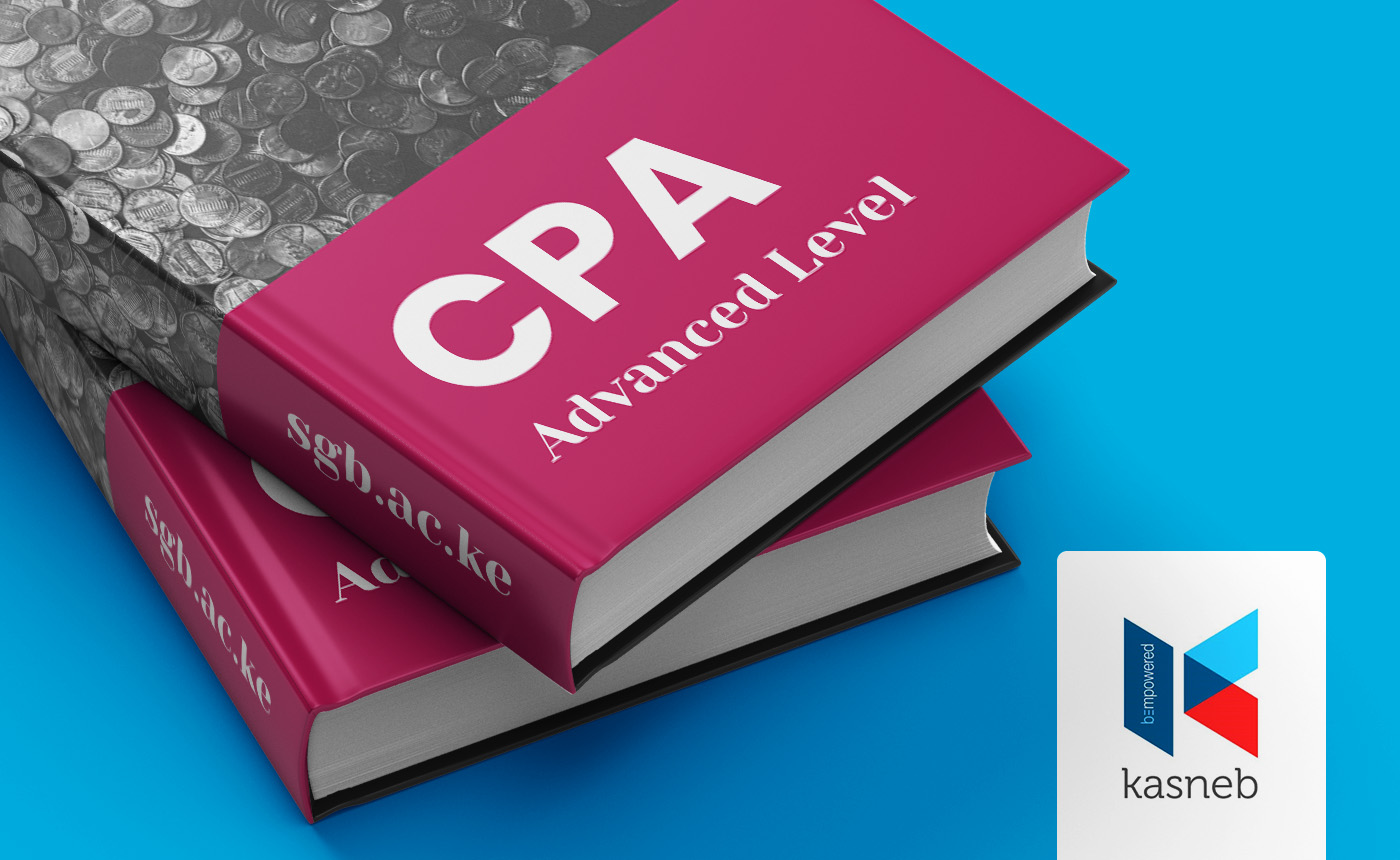Phone: +254 700 524589 | +254 782 524589 Email: [email protected]

About Course
The Professional courses are administered at Foundation, Intermediate and Advanced Levels. Each level requires an average of one year, though candidates are advised to provide for an additional one year to meet requirements for internship/ practical experience.
A student must book for a minimum of three papers in a level in any order unless is exempted or has credits.
Prior to certification, candidates will be required to:
- Attend workshops on ethics, soft skills and emerging issues organised by kasneb and ICPAK and earn IPD hours.
- Obtain 1-Year practical experience, or alternatively attend workshops on work based simulation organised by kasneb and ICPAK.
This course is aimed at persons who wish to qualify and work or practice as professional accountants, auditors, finance managers, tax managers and consultants in related areas in both public and private sectors.
Course Content
MAY TO AUGUST 2025 CLASS RECORDINGS
-
JUNE 19TH
02:00:28
overview
overview
1. Advanced capital budgeting decision
2. Portfolio theory and analysis
3. Advanced financing decision
3. Advanced financing decision
4. Mergers and acquisitions
5. Corporate restructuring and re-organisation
6. Financial risk management
7. International financial management
8. Real estate finance
9. Contemporary issues and emerging trends
Online Class Line
PAST PAPERS
Student Ratings & Reviews

No Review Yet
